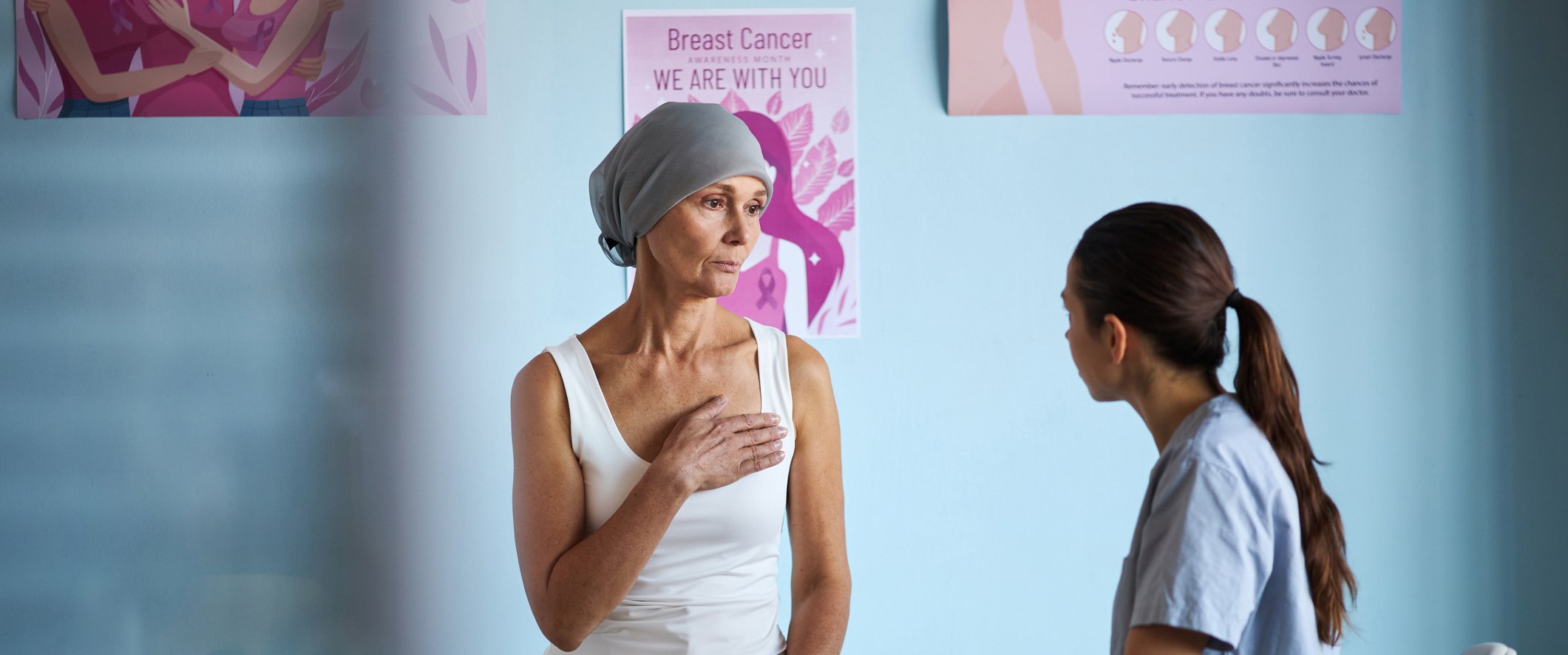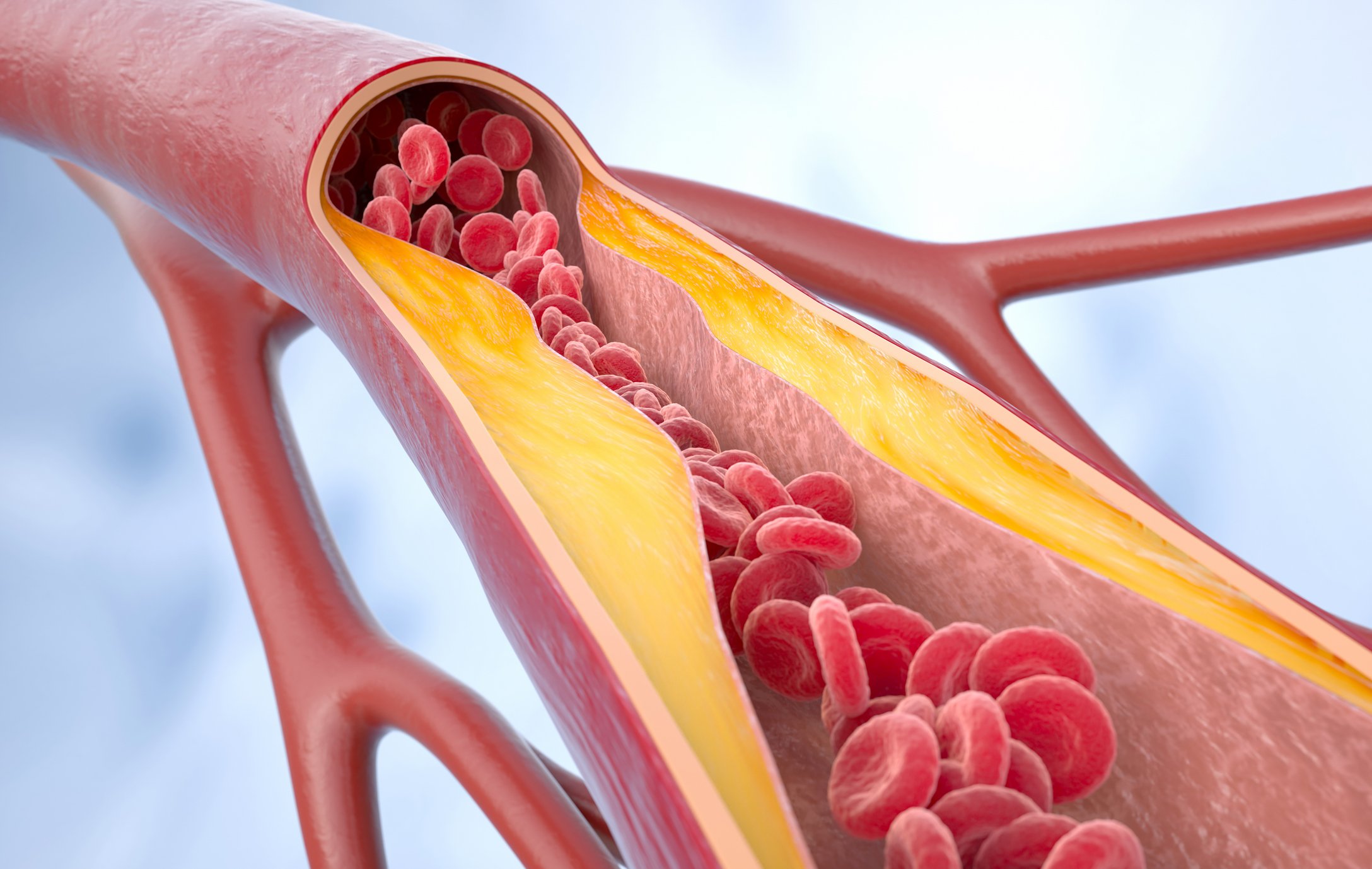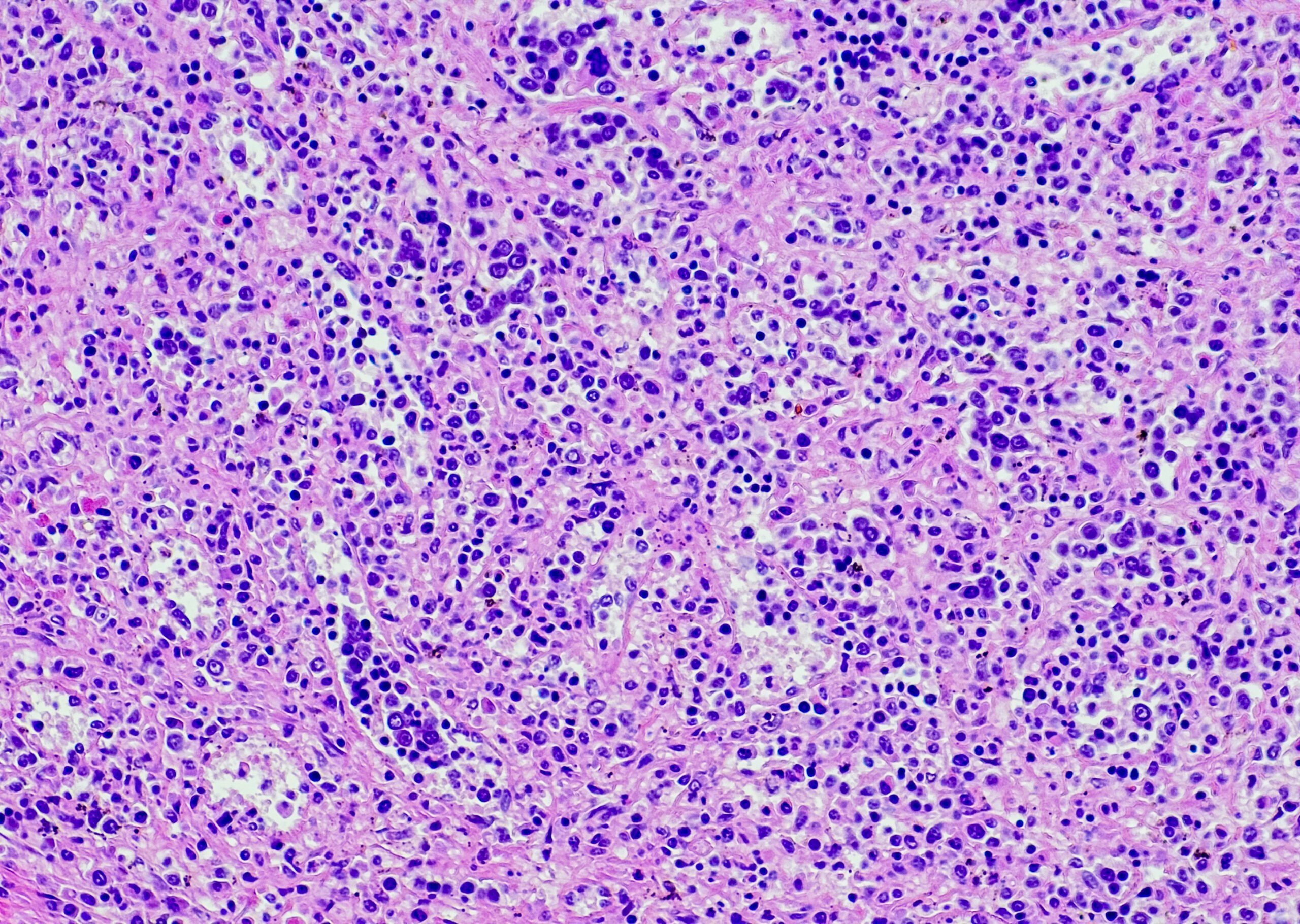Detection of precancerous lesions is important in light of rising incidence rates of vulvar cancer internationally. There is a need to catch up especially in the area of HPV-negative lesions.
The incidence of vulvar cancer is increasing – so much so that it has become the most rapidly growing malignancy in women in recent years. According to the Robert Koch Institute, a certain plateau now appears to be emerging. Nevertheless, the increase, especially among younger women aged 40-49 years (by 175%) and under 40 years (by 150%) is worrisome [1]. Current data from Germany indicate that it is predominantly T1 tumors, i.e., small tumors ≤2 cm, that are increasing rapidly in incidence [2].
Various risk factors are decisive here. Among young women, a U.S. cohort study [3] identified a history of tobacco use, differential vulvar intraepithelial neoplasia (dVIN) or high-grade squamous intraepithelial lesions (HSIL), and immunosuppression – these can be supplemented by lichen sclerosus, STI (genital herpes, Cond. Ac., Lues), alcohol consumption, vitamin D deficiency, ethnicity (Caucasian, especially Northern European and Australian) and, according to a recent paper, obesity.
In the pathogenesis of vulvar carcinoma, a distinction can be made between HPV-associated and non-HPV-associated events, depending on individual disposition (both forms are increasing), with HSIL being diagnosed much more frequently and transitioning to (nonkeratinized) squamous cell carcinoma much less frequently (4-9%) than dVIN. The latter represent precancerous lesions of the keratinized SCC of the vulva. The underlying pathogenesis is unclear (p53 mutation and T cell immune dysregulation play a role). Differentiated VIN are associated with lichen sclerosus (3.5-5% develop dVIN). These are HPV-negative lesions with atypical keratinocytes in the basal cell layer. They are very rarely diagnosed, so there is a clear need to catch up, particularly because almost all affected individuals develop SCC within about two years. This is equally true after R1 resection. The prognosis is poor, and older patients are more likely to be affected. In contrast, HPV-associated findings have a good prognosis (approximately 50% of vulvar cancers are associated with HPV). Of primary importance are HPV 16 and 33, with HPV 31 and 33 being pretherapeutically predictive of recurrence according to a retrospective study in 64 patients with HSIL of the vulva [4].
What can we do?
In general, 5-year survival improved significantly, from 72% to 83% in women younger than 61 years and from 60% to 65% in older women [1]. “We’ve gotten better at therapy,” the speaker noted.
One possible prophylactic approach is HPV vaccination. However, the two potentially important promoters HPV 31 and 33 (also especially for HSIL recurrence) are not covered by the current vaccines Cervarix® and Gardasil®. The nonavalent vaccine Gardasil 9® with potential risk reduction for HSIL of the vulva, cervix and vaginal intraepithelial neoplasia (VaIN) III of 96.7% [5] is licensed but currently not available in Switzerland. In general, about half of the female target group in Switzerland is not HPV vaccinated. This is another reason why HPV vaccination will probably have only a marginal effect for the time being. And although women with HPV of the cervix are usually also positive in the vulva (and HPV also persists longer in the vulva than in the portio), there is no corresponding screening program. Risk stratification strategies for screening with respect to lichen sclerosus/planus and HPV would be quite useful in light of the above.
Cytology can be useful especially for HPV lesions. Specially designed “brushes” show a sensitivity for VIN or CA of 97% and a negative predictive value of 88% [6]. However, the procedure has not been validated. HPV screening via HPV test is “dreams of the future”. Here, moreover, developments in the cervical area are years ahead.
A study of 120 patients with conization and HPV-high-risk positivity at the Women’s Hospital Lucerne confirmed on the one hand the frequent occurrence of HPV-HR at vulva and cervix (83% of cases), and on the other hand the permanent HPV persistence at vulva: six months after conization only one third was completely HPV-negative, whereas HPV-HR persisted at both sites in 42.5% (7% only at cervix, but 18% only at vulva). The most common HPV types at both sites were 16, 31, 53, and 42. After six months, one HSIL case was seen in the vulva.
As lichen sclerosus is a risk factor for dVIN and indirectly therefore for keratinized SCC of the vulva, it should be recognized and diagnosed – e.g. the simple lichen sclerosus score can be helpful [7,8]. There is evidence that good compliance to topical corticosteroids in terms of maintenance therapy in LS patients leads to a reduction in the risk of vulvar cancer [9].
The distinction between lichen sclerosus and dVIN is not possible by eye. In case of dVIN, resection in healthy tissue is therapeutically necessary (also in case of SCC). In case of HSIL of the vulva, CO2 laser evaporization can be very effective (excision not mandatory). Imiquimod also represents a potential approach with a response rate of approximately 50% at 16 weeks, albeit “off-label”. Cidofovir is promising, but still insufficiently supported by data. In general, the HSIL recurrence risk is 30-50% (6% invasive CA). Factors for this include smoking, excision (higher risk of recurrence), immunosuppression, and multifocality.
With regard to the treatment of vulvar cancer, surgical techniques have improved. In addition, a safety margin of 2 mm is probably sufficient. Multimodal therapy approaches including radiotherapy and chemoradiotherapy are currently being tested and applied depending on the situation, although many questions are still open in general (see also CaRE-1 study). Regulated follow-up with intensive locoregional surveillance is important, especially during the first two years.
Source: Gynecology Update Refresher, May 15-17, 2018, Zurich.
Literature:
- Meltzer-Gunnes CJ, et al: Vulvar carcinoma in Norway: A 50-year perspective on trends in incidence, treatment and survival. Gynecol Oncol 2017 Jun; 145(3): 543-548.
- Holleczek B, Sehouli J, Barinoff J: Vulvar cancer in Germany: increase in incidence and change in tumor biological characteristics from 1974 to 2013. Acta Oncol 2018 Mar; 57(3): 324-330.
- Lanneau GS, et al: Vulvar cancer in young women: demographic features and outcome evaluation. Am J Obstet Gynecol 2009 Jun; 200(6): 645.e1-5.
- Bogani G, et al: The association of pre-treatment HPV subtypes with recurrence of VIN. Eur J Obstet Gynecol Reprod Biol 2017 Apr; 211: 37-41.
- Signorelli C, et al: Human papillomavirus 9-valent vaccine for cancer prevention: a systematic review of the available evidence. Epidemiol Infect 2017 Jul; 145(10): 1962-1982.
- van den Einden LC, et al: Cytology of the vulva: feasibility and preliminary results of a new brush. Br J Cancer 2012 Jan 17; 106(2): 269-273.
- Günthert AR, et al: Clinical scoring system for vulvar lichen sclerosus. J Sex Med 2012 Sep; 9(9): 2342-2350.
- Naswa S, Marfatia YS: Physician-administered clinical score of vulvar lichen sclerosus: A study of 36 cases. Indian J Sex Transm Dis 2015 Jul-Dec; 36(2): 174-177.
- Lee A, Bradford J, Fischer G: Long-term management of adult vulvar lichen sclerosus: A prospective cohort study of 507 women. JAMA Dermatol 2015 Oct; 151(10): 1061-1067.
HAUSARZT PRAXIS 2018; 13(6): 44-45











